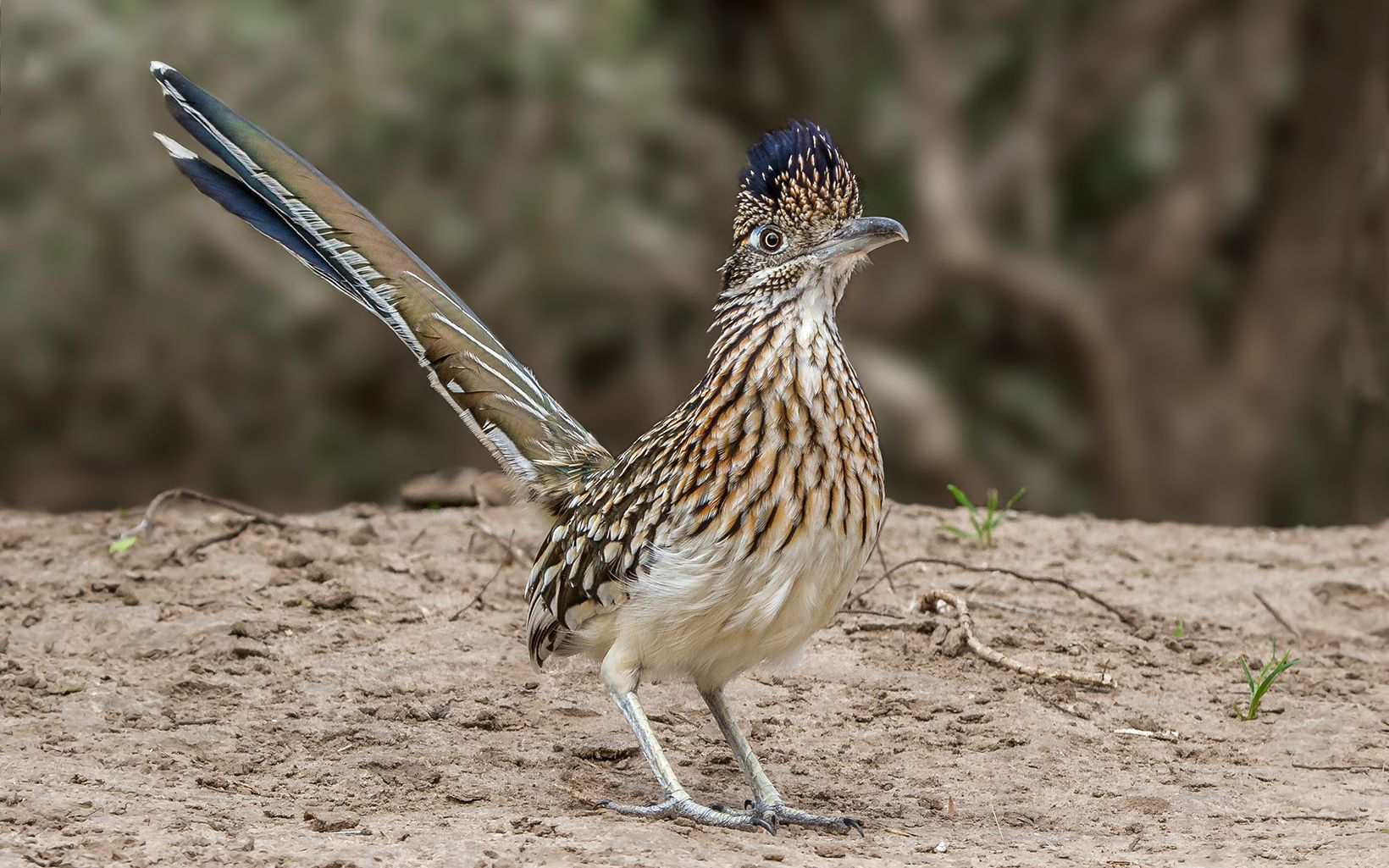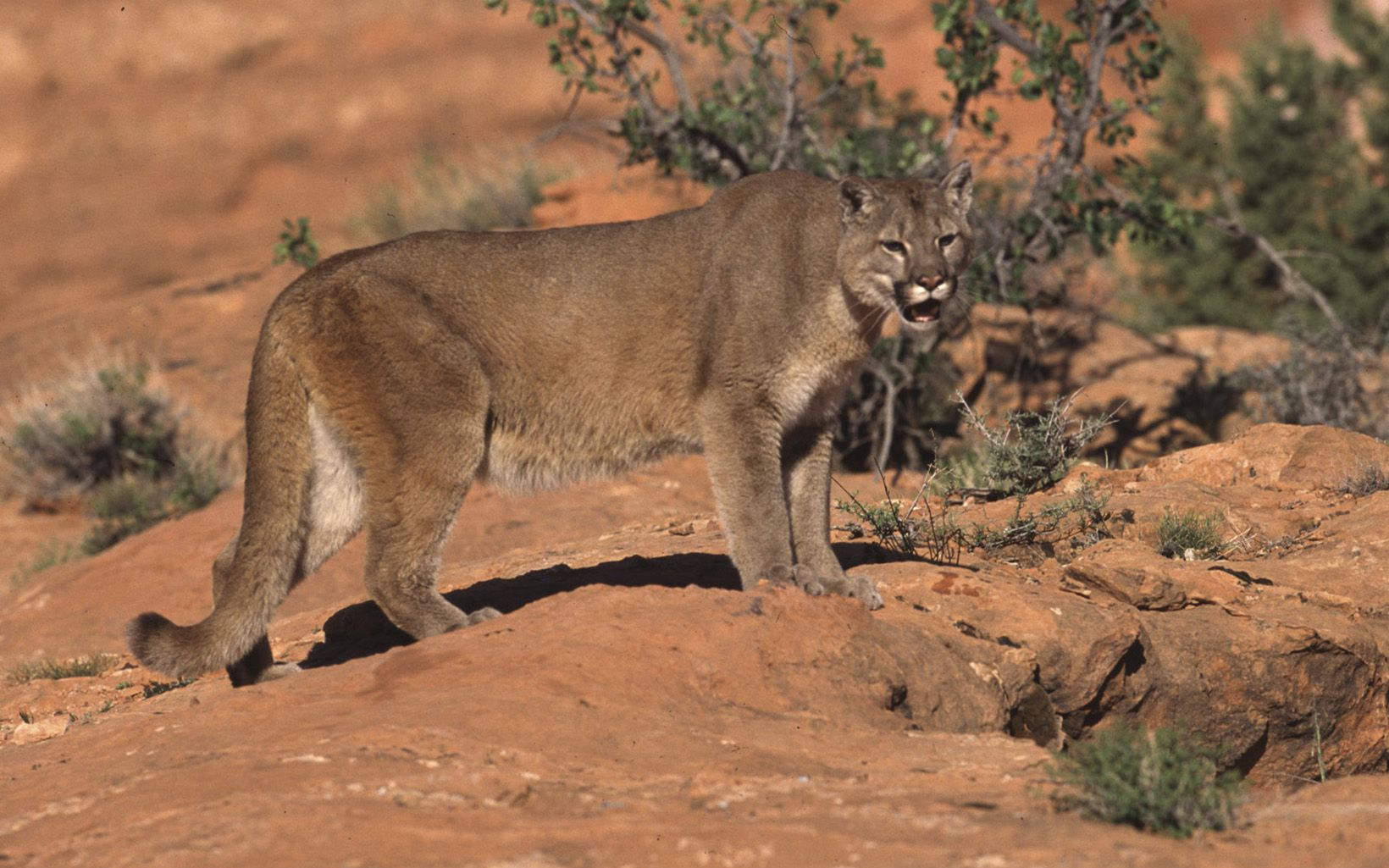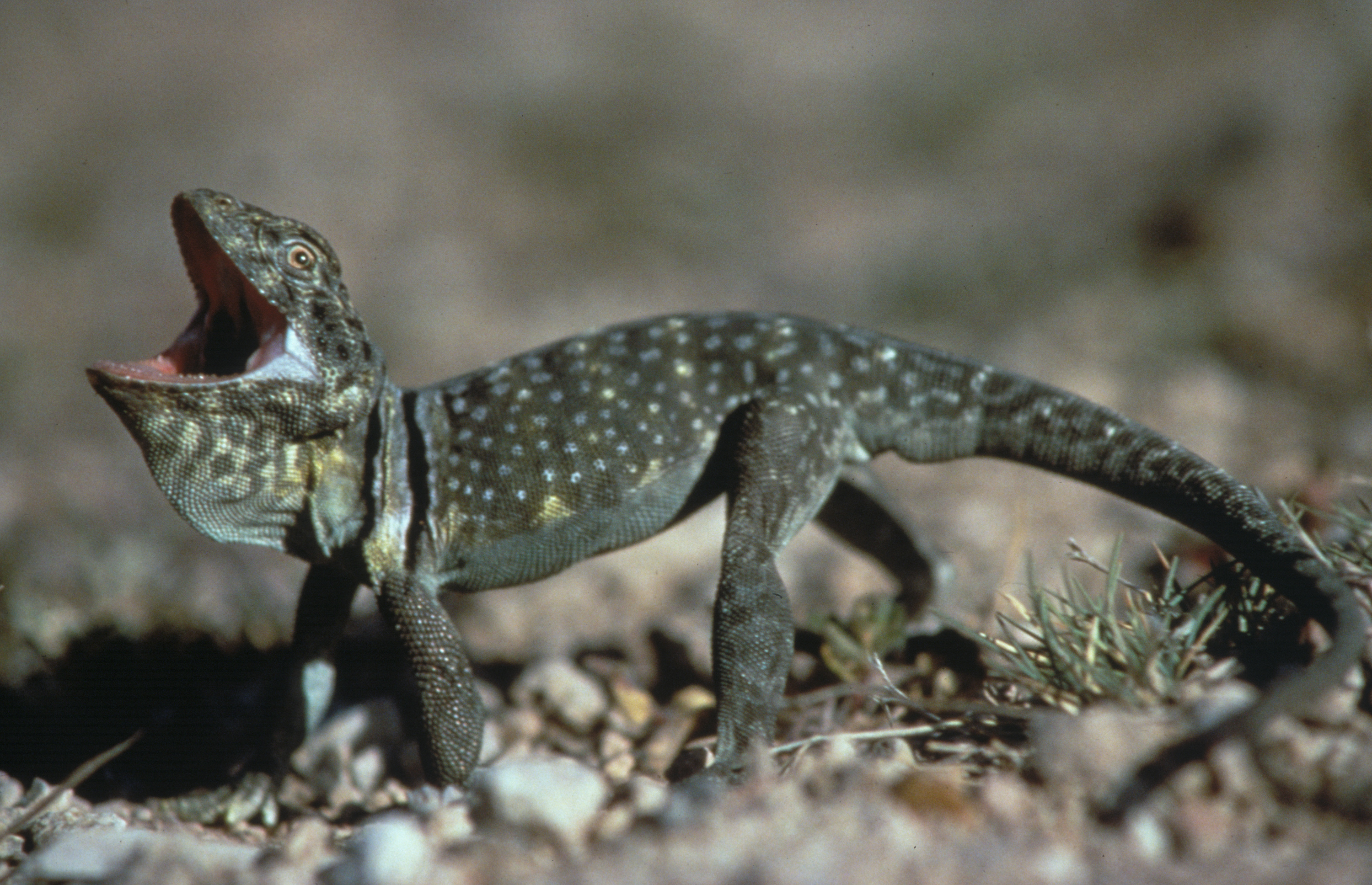Mojave Desert Animals Adaptations

Large ears for dissipating body heat.
Mojave desert animals adaptations. Desert plants store water mainly in their trunk stem and fleshy leaves. Many desert animals avoid the heat of the desert by simply staying out of it as much as possible. Adaptations in Desert Animals.
The Mojave fringe-toed lizard Uma Scoparia while not endemic to the dunes is rare elsewhere Schoenherr 1992. The ability either to store water or to survive on very little water. 4 days ago Desert animals include coyotes and bobcats spiders such as the black widow scorpions rattlesnakes lizards and many kinds of birds all especially adapted to the desert biome.
The kidneys of desert animals concentrate urine so that they excrete less water. The types of groups are mammals reptiles birds and insects. Animals such as the kit fox have special adaptations for living in the desert.
Chuckwallas spelled chuckawallas at times are large lizards native to the arid regions of the United States and Mexico. Despite the harsh conditions its estimated that around 2000 species of plants and over 600 species of animals inhabit the Mojave Desert. - Eats grasses cacti and wildflowers DID YOU KNOW.
The common chuckwalla native to the Mojave Desert of North America is the second largest species of lizard found in the United States. The Dumont Dunes of the Mojave Desert are known for their exceptionally large size with the tallest dune in this dune field measuring a whopping 1200 ft. In this lesson third grade students revisit a grade-level informational anchor text about the Mojave Desert.
A light-colored coat to reflect heat. The greater roadrunner Geococcyx californianus is a bird species found in the Great Basin Sonoran Mojave and Chihuahuan deserts 10It has several physiological adaptations well suited for arid desert environments like a specialized nasal gland that allows it to remove excess salt from the water it. Endemic species usually have adapted to these.



















